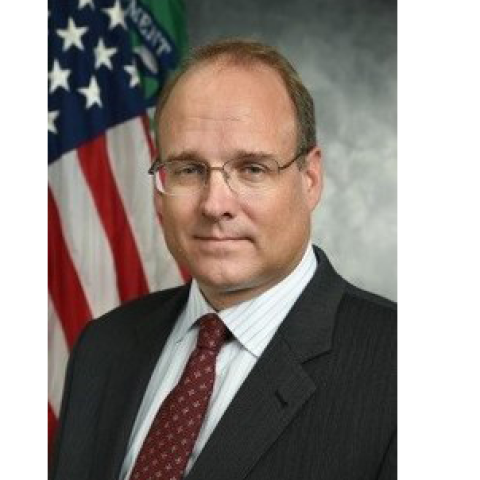President Bush visited the Housing and Urban Development headquarters--the first president to do so since LBJ--in June 2002 to announce a housing policy goal: 5.5 million more minority homeowners by the end of the decade. His motivation was the wide disparity between white and minority homeownership. The national homeownership rate stood at a record of 67.7 percent. The rate for whites was about 75 percent; the rate for minority households, less than half. There were obvious explanations for part of the disparity, at least: differences in income, in the age distribution, in the proportion of households consisting of married couples. But Bush wanted to try to close the racial and ethnic gap.
Halfway through that eight-year period, half the goal has been achieved. As of June, there are over 2.7 million more minority homeowners than there were at the time of the HUD speech. Moreover, the racial disparity has been narrowing. The homeownership rate is up by almost three percentage points for minorities, compared to one percentage point for whites, according to the Census Bureau.
Although every large minority group has seen gains, Hispanic families constitute the largest share of the increase, with about 1.3 million more homeowners. The homeownership rate among Hispanic households has risen from 46 percent to almost 50 percent. This is particularly impressive, given the great wave of immigration in the last 15 years. Throughout our history, most immigrants have started out as renters, and have taken a number of years to build up the assets and establish the credit history they need to buy a home. During the 1990s, almost half of all immigrants were Hispanic; by 2000, those recent immigrants represented about 18 percent of all Hispanic Americans. They should have been enough to pull down the total Hispanic homeownership rate; but instead the rate has been increasing.
Most major economic trends are driven primarily by market forces, and the growth in minority homeownership is no exception. The long period of low mortgage rates certainly helped families buy homes. Also, the technological revolution has come to the mortgage market. There are now standard sources of credit information and credit rating scores. Lenders use these new sources of information to better evaluate risk. Bush deserves part of the credit as well, both for his general economic policy and his specific homeownership initiatives. The tax cuts have left middle-income families with more after-tax income to make mortgage payments, and made it easier for them to save for a down payment. Within HUD, the FHA home mortgage insurance program-- traditionally the federal government's most important program for helping young families buy their first home--has also taken advantage of the new technology to develop a better risk measure for its high-risk borrowers. Over the last five years, FHA's TOTAL (Technology Open To All Lenders) Scorecard has enabled it reach farther down in the mortgage default risk spectrum, with assurance that it can identify more families who can be successful first-time homebuyers and homeowners. The smaller rural homeownership program at the Agriculture Department has now developed its own version, building off FHA's work.
Between them, FHA, Agriculture, and the VA mortgage guarantee program have accounted for a quarter of all minority first-time buyers since 2002.
There have been other initiatives. Bush has requested, and Congress has approved, doubling the funds for housing counseling, from $20 million in 2001 to over $40 million annually since 2004. The money goes to some 350 housing counseling agencies, and enables them to provide advice to over 500,000 families each year. The impetus for this increase comes from research at both FHA and Freddie Mac about the cost-effectiveness of counseling. Outside the housing world, the minority homeownership goal has not attracted much media coverage. Nor has the President's overall housing agenda, which he has been pushing since his first presidential campaign. In the aftermath of the successful 1996 welfare reform, as former welfare recipients became permanent members of the labor force, Bush saw homeownership as their next step into the middle class, certifying their new status and starting them on the path to building wealth. He developed several specific proposals, and he talked about them. During the spring of 2000, he gave three speeches on housing, in Battle Creek, Detroit, and Cleveland; they all received only local coverage. He included one of his proposals in his convention acceptance speech--making it easier for families who receive rental housing assistance to use it toward a down payment on a house; it didn't get picked up. His website included an easily-located, exhaustive description of his full homeownership agenda. (For that matter, Vice President Gore had quite a bit to say about housing, mostly about "smart growth," and that was ignored as well.) Housing was only mentioned in the national media in stories about how housing wasn't an issue.
As president, Bush has referred to his homeownership proposals in several State of the Union speeches, in his 2004 convention acceptance speech, and in his second inaugural address in 2005--in each case, again, with no media attention. Meanwhile, the overall national homeownership rate has kept rising (it's now 68.7 percent), and close to three million more minority families now own their own homes. Unless you're a housing maven, you would never know it.














